Best Finishing Sander in 2023-Buying Guide and Sanders Reviews
This post includes affiliate links. If you decide to make a purchase through my link, I might get a small commission for it at no additional cost to you. Thank you for supporting Upcycle This DIY That!
Unless you’re an experienced woodworker or DIY-er, and you know exactly what you want, finding the best finishing sander can be a daunting task. There is so much choice that most of the time you don’t even know where to start.
The market is huge, and it takes some time to do proper research. Technology advances at a fast pace, and there are new solutions introduced all the time. The power tools produced a few decades ago were made to last years. Nowadays, you can hardly find one that will last as long.
That’s why it’s important to do your research. But….. Who’s got the time? Guides like this are made for this exact purpose. To make your life easier and help you make an educated choice so you can enjoy using your tool instead of wasting time looking for one.
YOU MAY ALSO BE INTERESTED IN:
Wood Sanding Tips for Upcycling and Pallet Projects
Best Sander for Pallets
Best Benchtop Belt Sander
Best Sander to Remove Paint
Best Random Orbital Sander – Buying Guide And Sander Reviews
Best Sander for Furniture
The Best Detail Sander Models- Reviews And Buying Guide
Quick Picks
- Ergonomic rubberized grip and handle designed for better fit and added comfort
- 11,000 OPM for increased efficiency and smooth finish sanding
- Built-in counterbalance system engineered to reduce vibration
- Large 2-finger trigger switch with conveniently-located lock-on button for continuous use and increased operator comfort
- Efficient through-the-pad dust collection system for a cleaner work environment
- 2.0-amp motor of orbital sander moves at 13,500 opm, providing a superior finish
- Dual plane, counter-balanced low-vribation design reduces user fatigue of the palm sander
- Dust-sealed switch protects against dust ingestion for longer switch life of the hand sander
- Sealed 100% ball-bearing construction
- VERSATILE USE – Use this handheld sander on wood, metal, and plastic for finish sanding, surface preparation, and detail work.
- PADDLE SWITCH ACTUATION – Soft-grip paddle switch is positioned at the top of the sander for natural and easy on and off.
- ONE-HANDED USE – Lock the sander into the on or off position for convenient one-handed use.
- FLUSH SANDING ON 3 SIDES – Provides access to tight spaces with 270-degree flush sanding clearance.
Best finishing Sanders in 2023
Below you’ll find 6 of the best finishing/sheet sanders available on the market. If you’re a beginner and don’t know where to start, I’ve prepared a handy buying guide below the reviews.
1. Makita BO3710 Finishing Sander -Best Overall
It’s reasonably priced, and you can see and feel its quality. This sander operates at 11000 OPM, which gives you smoother finishes. Although it only has 1.7 Amps, it’s powerful enough to go for a longer period of time even with coarse grit sandpaper, and it’s easy to control when using any grit.
This Makita sheet sander’s baseplate is a simple cast, and it’s much thicker and stronger than most of its competitors. Because it’s bigger (1/3 sheet size pad), it gets the job done quicker as well.
It does an outstanding job on the corners, and the pressure is distributed evenly – the whole area below the plate stays in contact with the workpiece all the time, resulting in a very even, flat surface.
This sheet sander model has a dust collector bag included. It doesn’t do a great job and usually collects around 70% of sawdust. This changes with the shop vac attached. The only downside is there is no adapter, so you have to shop around to find one.
This sander is fairly quiet, and the rubberized, ergonomic handle makes it easy to navigate. The trigger can be easily locked so that you can use one or both hands.
You can use regular sandpaper sheets rather than hook and loop, which makes it cheaper to run, and the sanding paper change is a breeze with the awesome clamping system.
This feature is particularly important to me because changing the sandpaper in my old sheet sander was a nightmare. You should see the number of sheets I simply damaged because of this. Not mentioning the wasted time. You’re saving money and time, and you’re not stressing out because of silly little things like this.
This is one of the best orbital sheet sanders on the market. Solid, well-made, and affordable. It will make your job easier and faster. But if you think it’s a bit too big for your needs, consider Makita BO4556 or Bosch 1297D Finishing Sander.
2. Makita BO4556 Palm Sander
This lightweight (2.6 pounds) orbital finishing sander from Makita features a 2 AMP motor that delivers 14,000 OPM for quick and smooth finishing sanding.
It has enough power for any sanding tasks, and with all-ball bearing construction, running it at full speed transmits only small vibrations.
It feels good in a hand, and ergonomically designed rubber overmolds make it comfortable to use in both hand positions-from the top and around the body.
The rubber-sealed switch that Makita designers made somehow works properly and prevents dust contamination.
The wire clamps holding paper are thick and make changing it easy and quick, although it might take some time to get used to. They hold sheets tightly and securely.
The dust bag – works quite well, but sanding is naturally messy, so it is impossible to have ALL the dust caught in it. Its port fits Makita’s smallish 3/4″ shop vac hose, or you can use paper disposable dust bags as well.
Makita BO4556 comes with a nice plastic case for convenient storage that fits everything snugly and even has some room for sandpaper.
This finishing palm sander is powerful and very smooth, with low vibration, good balance, and easy to control. It has many positive user reviews and is a great choice for anyone.
3. Makita BO4900V
This Makita sheet sander is the biggest and most expensive one of all the listed sanders. It’s more of a pro tool, but I’ve decided to include it mostly because it’s a quality 1/2 sheet orbital sander. And there aren’t many of these on the market.
With a 2.9 Amp motor, it has the most power, and speed ranges from 4000 up to 10000 OPM. And yes, it has variable speed so that you can adjust it according to your needs.
This sander is best for large surfaces and keeps almost everything sanded flat and true. It has minimized vibrations, and it’s well-balanced, allowing for smooth operation.
It’s effortless to control using any grit, and with contoured grips and multiple hand places, it’s easy on your hands, reducing user fatigue.
Weighing 6.2 lbs, it’s the heaviest sheet sander on this list, and while for some users, this can be a big obstacle, it has its advantages. The weight helps both with the sanding pressure and to dampen some of the vibrations.
Another great thing about this sander is that it has a hook and loop system as well as a large cam-lock clamping lever, so you should never have a problem with slipping sandpaper that doesn’t stay in place. It uses commonly available 4-1/2″ x 9-1/8″ hook-and-loop or 4-1/2″ x 11″ half-sheet abrasive paper.
Dust removal system includes a paper bag which you don’t really see often. It’s a bit more convenient as you don’t have to empty the bag but just replace it with a new one.
But if you’re annoyed by any kind of dust collector bag, which usually doesn’t give you much suction, you will be able to set up a shop vac connection.
Just don’t forget to punch some holes in the paper for better results. However, if you choose not to, the holes at the mounting block’s edges will collect dust as well. Of course, not as effective as with punched holes.
The only drawback is that the punch plate is not included in the kit and is quite pricey (around $40). To work around it, you can use a Festool one if available or use an awl to punch the holes.
Overall it’s a great sander. Not for beginners or occasional work, though. But if you’re a serious woodworker or DIY-er, it’s worth every penny as it will definitely reduce your working time a lot.
4. Porter-Cable 380 – Best Value for money
This sheet sander is an update from a PC340 model, which has been discontinued. It features a 2 Amp motor producing a speed of 13 500 OPM, which is in the middle of the speed range for orbit sanders. It has enough power to give you a nice finish.
No fancy features mean it is pretty straightforward to use. It fits well in your palm and is easy to operate; therefore, It’s a great compact palm sander for beginners.
Attaching sanding paper is pretty easy, too, using two metal clamps. You can use stick-on sandpaper as well. It’s a good solution in case the clamps won’t hold the paper properly after some time. And to be honest, that may happen if you use the sander regularly.
You just have to keep in mind to take care when removing the stick on paper so you won’t damage the pad. Saying that, all parts are pretty cheap and easy to replace.
Sanding sheets are widely available, and all you have to do is buy full-sheet size ones and cut them in four.
Of course, it’s not a Makita or Bosh, but the low-vibration design seems to be doing its job in reducing user fatigue. Even if you have arthritis or suffer from carpal tunnel, you should have no problem using it for longer periods.
Dust collection isn’t great, and the collector won’t stay on all the time, but in my opinion, for this price, you can’t really complain. In most cases, unless you can hook the sander up to a shop vac, the dust collection is pretty poor. And it doesn’t matter if you spend $40 or $200.
This is a good entry-level orbital/finishing sander. A solid tool for a modest price, great for finishing furniture or any around-the-house DIY projects. Great for beginners. If you’re looking for something more on the professional side, Porter Cable 330 may be more suitable.
5. Dewalt DWE6441
This 1/4 palm sander from Dewalt has a 2.3 Amp power motor and 14000 OPM, which is a bit more than Porter-Cable. Although It has plenty of power for any finishing tasks, it seems quiet and easy to handle, especially with higher grit paper.
When using coarser paper, it can be a little harder to control, though. The anti-slip top and body grip make using it a bit more comfortable.
You’re able to hold it from the top, which, I think, is the most optimal, as well as wrap your hand around the body. Keep in mind that the position of the cord can make it a bit awkward. If that’s your preferred way of holding a palm sander, Porter Cable 330 would be perfect for you as it’s built to hold it that way.
The rubberized knob and counterbalanced low-vibration design reduce user fatigue (numbness and tingling after longer sessions).
Dewalt offers a finishing sander with sealed 100 percent ball-bearing construction and replaceable brushes, which can be very appealing to more heavy-duty users. The dust-sealed switch seems like a great idea but can be awkward to use in most cases, but that is the case in any sander with some kind of rubber-covered switches.
The clamping system uses a wire clamp to hold sandpaper in place and does the job in most cases. However, If you’re using slicker film paper, you can find that the clamps won’t be able to hold the paper tight enough.
As with many other sanders, you can use adhesive paper, but as I said before, take care when removing the paper so you don’t damage the pad.
This palm sander has a dust removal system in place. You can use a cloth bag provided, or you can hook it up to a shop vac using a built-in vacuum adapter for two different diameter vacuum hoses.
Don’t expect amazing results with the bag attached, but that goes for nearly any sander with some kind of dust bag or container. Removal of dust improves with a shop vac attached.
Great little palm sander for moderate usage.
6. Black & Decker BDEQS300 – Best budget
The Black Decker BDEQS300 1/4-sheet orbital sander runs at 16,000 orbits per minute, with 2.0 Amps of power high enough for efficient finishing tasks. But don’t expect it to be able to do every sanding job.
If you’ve got small, occasional projects to do, this compact, light, and ergonomically designed palm sander will do just fine. Its size and weight make it best for tight spaces and around-the-house jobs like sanding doors or cabinets.
This sander has paddle switch activation, which is something I’ve never come across. You’ll find it on top of the sander, and you activate it simply by pressing down naturally with the palm of your hand while using the sander.
If you find it a bit awkward, you can lock it in either the on or off position for one-handed use.
Similar to Porter Cable and Dewalt’s, wire clamps hold sandpaper in place, and you can use regular sheets of paper cut in quarters as well, which makes it very cost-efficient. Just remember to punch holes in it for dust removal.
Speaking of which is not that great with the dust collector bag provided. But this is no surprise here. To make it work a bit better, try not to press down too hard, as this way, the dust won’t be sucked into the bag. But from my experience, don’t expect too much.
It is a small, super light palm sander best for buffing or light sanding. Best for beginners with no sander experience for basic projects and weekend work.
Orbital/Finishing Sander Buying guide
Before you start, you should ask yourself a few questions. It’ll help you decide which sander is perfect for you.
- What kind of sander do I need? (pad size, what job it’s needed for, any features are necessary for you)
- What make and model?
- Where to find them, and how do I get the best deal for my money?
I’m here to walk you through the whole process, starting with some definitions, mainly for those who just begin working with power sanders.
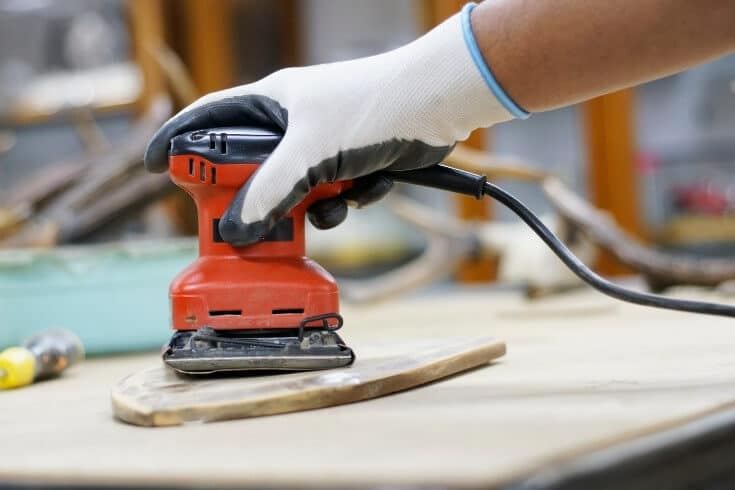
What is an Orbital Sander?
People often get confused, thinking that an orbital sander and a random orbital sander are the same. They’re not. I think because the name is quite similar, it causes confusion.
Orbital sanders are also called sheet sanders, finishing sanders, or sometimes palm sanders(but this also includes random orbital sanders).
Although they’re usually used for fine finishing rather than heavy material removal, in my opinion, they’re a good choice for beginners as their only sander. Mostly because they’re lightweight, easier to handle, and it’s less likely that you’ll oversand between coats of stain or damage a workpiece.
And if you’re in need of smoothing the rough pallet planks, just put on a good quality coarse sandpaper, and you’re good to go.
Some will say if that’s the case, you’re using the wrong type of sander. But I think that if you’re just starting out with woodworking having one good quality orbital sander is better than none.
What is the difference between an orbital sander and a random orbital sander?
First of all, it’s a base plate shape. Orbital sanders are usually rectangular or square, which makes them best for inner corners. You can also find detailing sanders that have a delta-shaped base plate. They are also called mouse sanders and are specifically designed for tight spaces.
Random orbit sander is round and usually comes in two sizes, 5 or 6 inches in diameter.
The second and most important thing is the way they work. The base plate in orbital sanders vibrates in tiny circles or orbits.
The pad in a random orbital sander vibrates in “random orbits” similar to the orbital sander and spins in circles. This makes them more versatile as you can achieve fairly good material removal as well as a smooth finish.
And I’m sure as you’ll learn about sanders, you’ll want to add a random orbit sander or a belt sander to your power tools collection.
The Pad Sizes
There are 3 sizes of sheet sanders available:
- 1/2 sheet using half of the 9×11-inch sandpaper (4-1/2 x 9-inch)
- 1/3 sheet using a 1/3 of 9×11-inch sandpaper (3-2/3 x 9-inch)
- 1/4 sheet using a quarter of 9×11-inch sandpaper (4-1/2 x 5-1/2-inch)
The half-sheet orbital sanders are the heaviest ones but great for large surfaces. Accordingly, the 1/4 sheet sanders are the most lightweight and compact, and the 1/3 sheet ones are something in between.
As I mentioned before, the pad in the orbital sander vibrates/oscillates in small orbits, and a swirl pattern is usually left after sanding if you are not going with the grain of the wood.
What to consider before buying a finishing Palm sander?
power source
You can find two types of power sources – corded a.i mains operated and cordless -battery operated.
You must know that the power source will determine the sander’s motor power and the weight of the tool. Battery-operated tools tend to be less powerful and heavier due to the weight of the battery itself.
Typically I’d say that corded tools are the way to go, but with battery technology improving at a fast pace is advisable to consider cordless tools, especially when portability is important for you.
base plate
It’s the most important feature for a great flat surface finish. It’s the place you attach the sanding paper to. Usually, with clamping or hook and loop system(some models accept the stick-on paper as well).
Most models nowadays have holes in the base for sawdust removal (reduces surface scratches).
It’s important to remember that the foam part of the base plate will wear after some time, so you’d either have to get a replacement or buy a new sheet sander.
So my advice is to consider this feature and the cost of a replacement pad before buying a sander, as some pads can be quite expensive to replace.
dust collection system
As I wrote above, most modern sanders come with some type of dust collection system in place. It can be a dust bag with or without a shop vacuum attachment/adapter or Microfilter Dust Canister. Sawdust is collected through the holes in a base plate. The more dust is collected during sanding, the smoother the sanded surface is.
trigger switch and trigger switch lock
Most of the 1/4 sheet sanders have a switch that is rubberized for better dust protection. The bigger ones (1/3 sheet and 1/2 sheet) usually have a trigger with a lock on a side for easier control reducing user fatigue.
speed control
Whilst small, compact orbital sanders have just a single speed, some of the bigger ones, like 1/2 sheet ones, can have a variable speed, which is usually controlled by a trigger switch or speed control dial. A variable speed feature allows adjusting it to the sanding task for better results.
rubberized grip and handles
Smaller sanders usually are held from the top, or in some cases, you can wrap your hand around the sander’s body. The bigger ones have a pistol/barrel grip handle and sometimes an additional handle at the front for better control(mostly in random orbital sanders).
vibration reduction
It’s important to have when working for longer periods of time as it reduces user fatigue and tingling sensation in the hands.
sandpaper
An orbital sander uses regular sheets of sandpaper that are cut to size. Of course, you can buy paper sheets that are already cut for you with holes already in them. They usually cost more. You can always buy regular paper and punch the holes with a punch plate to make it more cost-efficient.
There are also hook and loop systems and stick-on sandpaper sheets. These solutions are more time-saving but are more expensive.
If you’d like to learn more about sandpaper and sanding, check out my post about sandpaper for woodworking.
What is your preferred brand/type of sander? Have you got any tips or advice for finding a perfect tool? Leave a comment in the box below 🙂
In the end, it’s clear that all of these sanders are worthy options and will provide you with a smooth finish. However, your needs may vary depending on what you’re looking for; if in doubt about which one to buy, we recommend going with whichever one is most affordable or has a more user-friendly design. We hope this post helped!
Subscribe To My FREE DIY Newsletter!
Stay in touch and receive things like updates, special offers, new projects, tips, gear reviews, and more. No spam, promise!
By entering your email address, you agree to get an email newsletter from UpcycleThisDIYThat. I’ll respect your privacy, and you can unsubscribe at any time. For more details, review our Privacy Policy.
Last update on 2024-04-18 / Affiliate links / Images from Amazon Product Advertising API





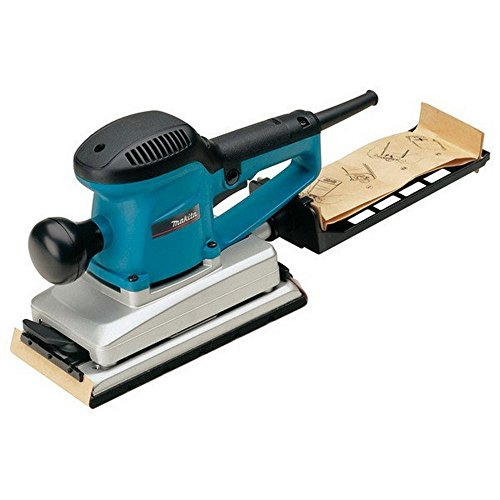

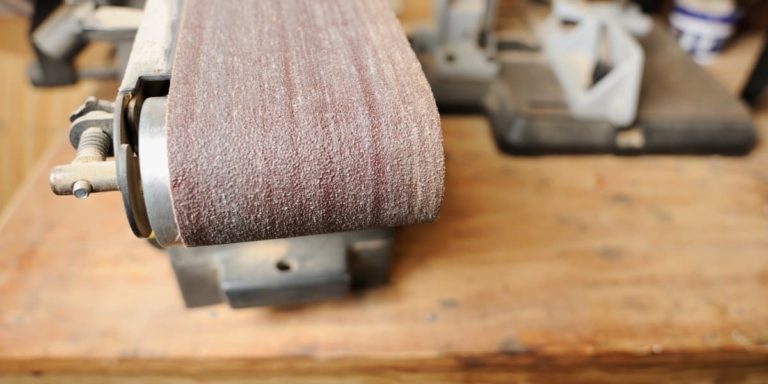
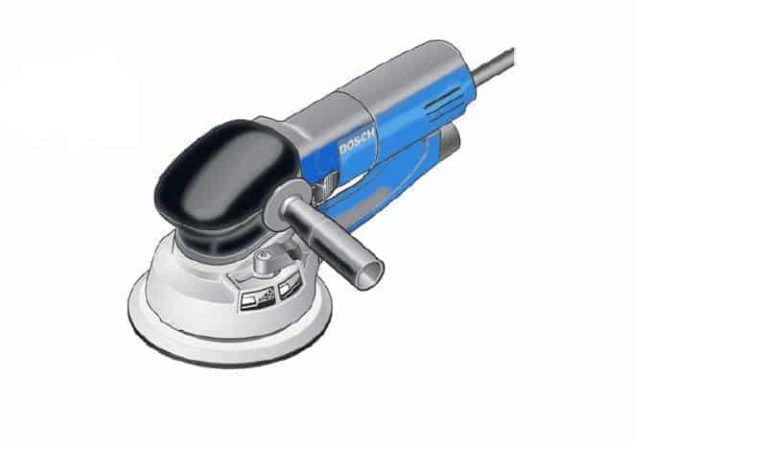
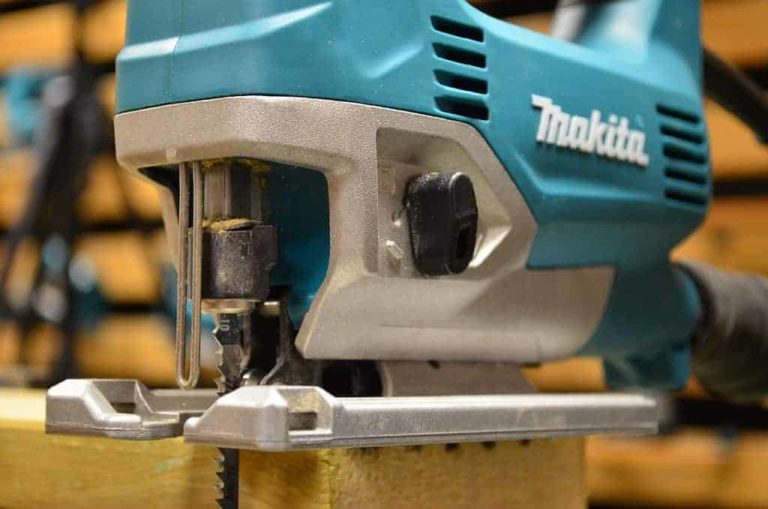
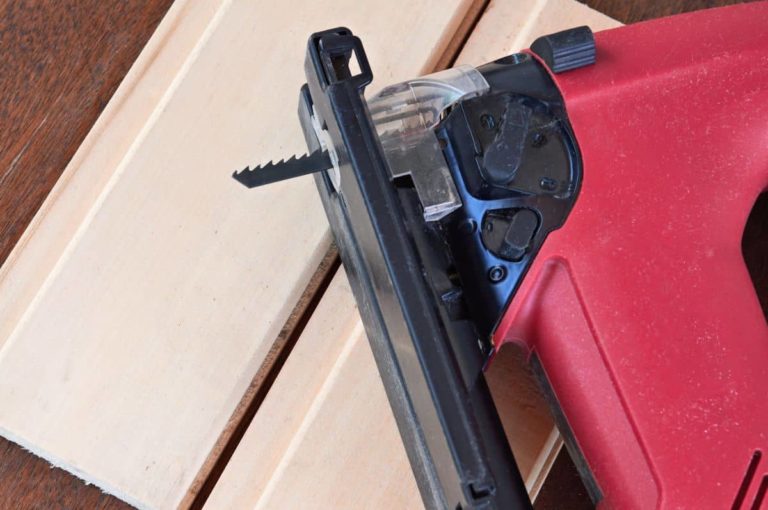
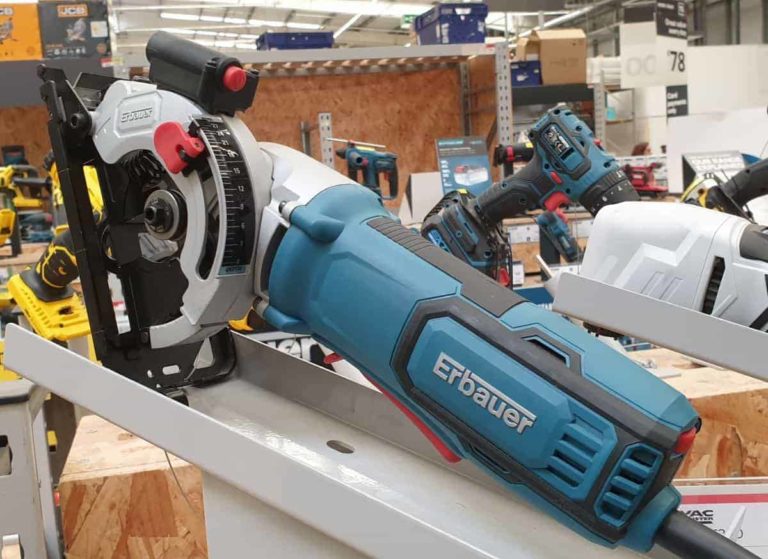
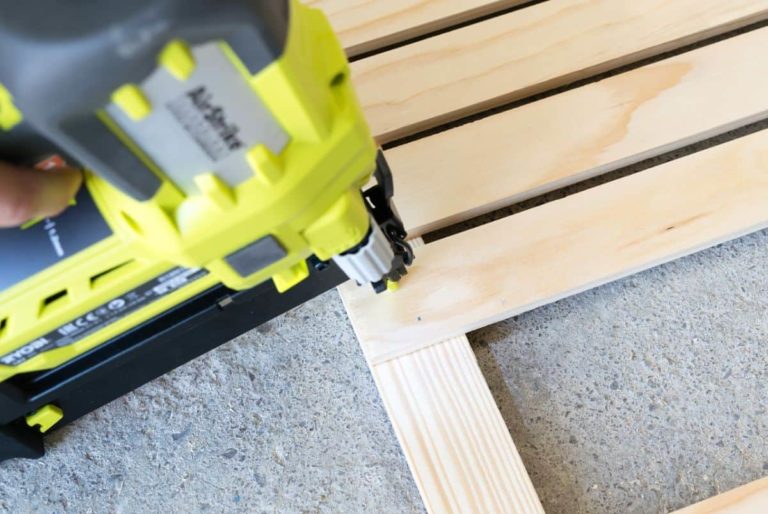

Those are great questions in time to ask about where to get the best sanders out there. It seems to me there is always a trick to finding discount deals through various marketplaces, and Amazon can sure provide one of those options here as to the best brand for sanders, Porter Cable
Hi, Andrew!
Thanks for stopping by. I agree that Amazon has a very generous range of power tools as well as loads of accessories. You are able to find orbital sanders for any type of user from a beginner to a pro. I do like the idea of having pretty much everything in one place. It’s easier to hunt for a bargain and saves a lot of time.
As for Porter Cable, it’s a decent brand with long traditions and affordable range of power tools. Some of the pros might not agree, though 🙂 but I think if you need a reliable tool for a DIY project Porter-Cable can be a way to go.
Kasia
Nice review!
I’ve got a Bosch, delta sander. Wonderful device, I don’t know what I did before I got it. It really gets into all the little nooks and crannies – and it’s fairly powerful as it’s corded.
It was on offer when I got it – normally I would recommend Makita tools – but I’m very happy with.
Anyone who doesn’t have one of these will be in for a pleasant surprise if they pick one from your list. Saves a lot of time and effort.
Hi, Jim!
I’m very glad you liked it 🙂 I recently got a VonHaus RO Sander after my cheap no brand orbital sander died. This brand is not very well known but I wanted a variable speed RO sander and only this one fitted well within my budget. It works fine so far and makes smoothing pallet wood out so much easier. Although I really want to get Makita BO3710 as well 🙂
Thanks for stopping by 🙂
Have a great day!
Kasia
Hello Kasia,
I would go for the Makita BO4900V even though it is considerably expensive. Well, I am quite concern with dust removal and I think this is an exceptional one compared to the other models just because it’s efficiency and the effectiveness which can deal with any types of superb usage of dust bags and heavy duty presence.
Hi Tar,
this sander is surely one of the best out there, although I must admit it’d be a bit too much for me. I don’t do that many projects at the moment, so I’d go for its little brother the Makita BO3710. It’s still big enough to tackle any project and has exceptional dust removal system as well. Not as pro though and the price is more budget friendly 🙂
Thanks for stopping by!
Kasia